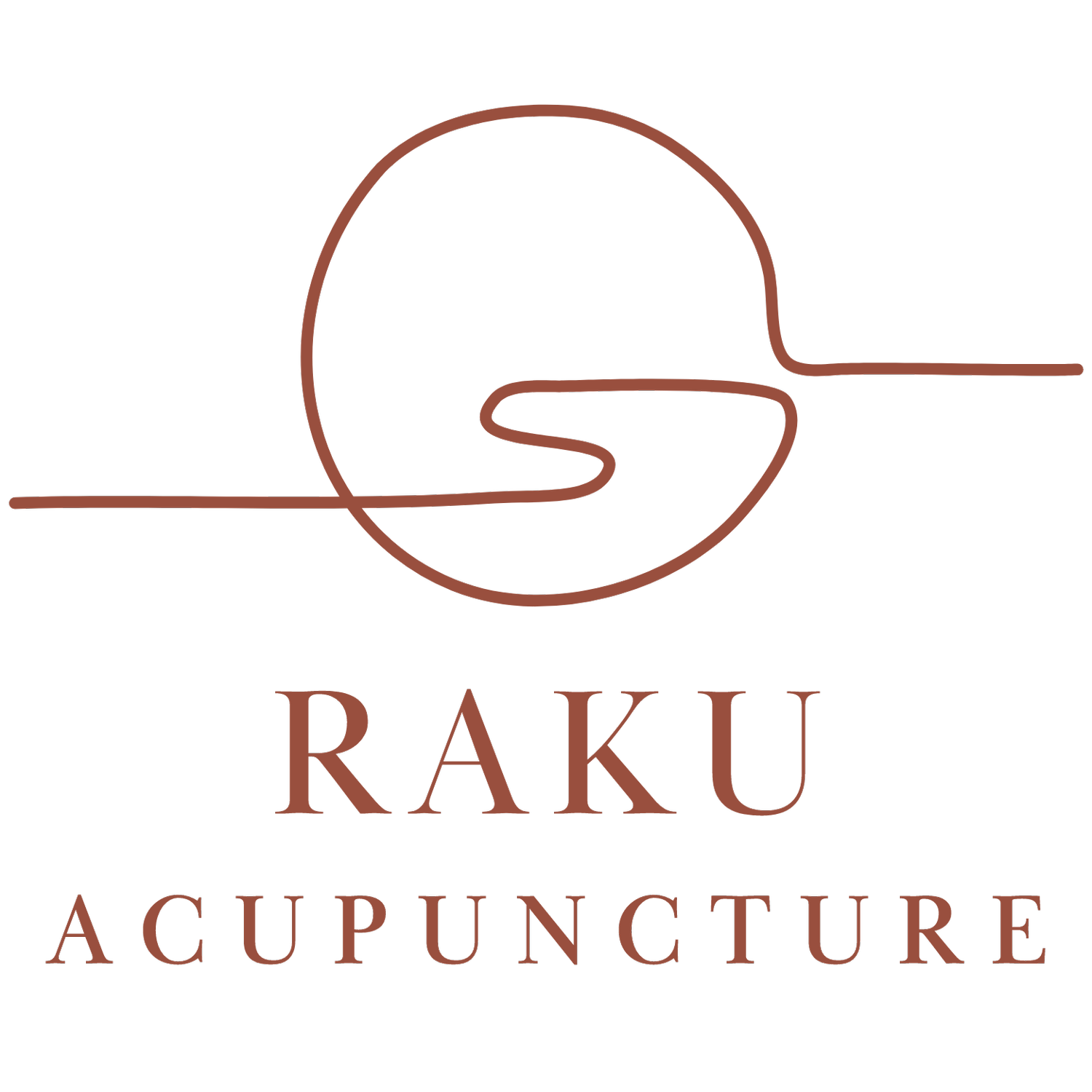What Is Cupping?
What is cupping? And, how can it benefit you?
You may have heard of cupping before. You may have seen Michael Phelps with those strange circular purple spots on his back during the Olympic games. Or you may even have heard someone mention it before. You may have even tried it yourself.
Cupping has recently garnered a lot of attention, but it is a traditional technique typically employed within the Chinese culture for medicinal purposes (it is worth mentioning that cupping is not exclusively used only in the Chinese culture- eastern european, middle eastern, and latin american cultures also use cupping- how cool is that?). It is primarily used to alleviate muscle tension and strain.
Cupping typically uses small plastic, glass, or ceramic cups to create suction over the muscles. Basically, the cup is placed on a particularly tight area of muscle (picture an area of tension for most of us- your shoulder blades or your back) and the suction created by the cup relieves the tension. But, how does it do that?
When we have a muscle knot (we all have them, run your hand along your shoulder, neck, or mid back now and you’re sure to find one) there is a physical blockage of blood and fluid flow into this muscle. Knots are obstructive and the reason that they block blood flow into the muscle is because muscle knots are essentially a build up of dead cells.
Think of it like a road way. If you want to drive down a road to get from one location to another, the easiest and most pain free trip would be if the entire roadway was clear. The trip wouldn’t be difficult or confusing and would most likely go smoothly. But, if there was an obstruction on the roadway, like a fallen tree, the trip would suddenly become a little bit more difficult. A muscle knot is the same. While blood flow is still flowing to the muscle, there are some obstructions. And this can lead to pain and discomfort.
So why does clear, unimpeded blood flow matter to our muscles? The simple answer is that blood flow provides nutrients and oxygen to the muscle itself.
When we move a muscle, that muscle needs nutrients and energy to do so. That is often why you see so many athletes use cupping. One, because they often push their muscles to peak performance so strains are often common. And two, they know peak performance of their muscles comes from unimpeded and good blood flow. If there is a blockage in the muscle and the oxygen cannot get to it, then there is pain.
So what differentiates cupping from massage?
Massage is similar to cupping. It uses manual therapy to break up those collections of dead blood cells and improves blood flow to the muscles as well.
The key difference between massage and cupping is the type of pressure they use. Massage uses negative pressure. The massage therapist (or someone you recruited to rub your back!) uses their weight and gravity to press into the muscle, encouraging blood flow and pain relief. Cupping, on the other hand, uses positive pressure. It pulls and lifts the muscle body, creating space within the tissue itself and the ability for the collection of dead cells to move and disperse. So, how do you decide if you need cupping?
The key is really in your experience. Have you ever had someone press onto a muscle knot and it causes more pain than relief? That would be an indication for a cupping session. Chronic pain would also be an indication. Or a particularly traumatic event that lead to a lot of physical trauma and tenderness would also be helpful. Lifting and creating space in muscle tissues can often be really beneficial for chronic long term pain. Giving the body permission and the ability to create space in the muscles for optimal blood flow can be a drastic relief.
Interested in trying cupping? Click here to book a cupping appointment with me!
Acupuncture offers a holistic and natural solution to supporting your fertility & reproductive health as well as pregnancy & postpartum support.
If you’re ready to experience the benefits of acupuncture for yourself, schedule an appointment today.
Raku Acupuncture
(720) 230-3225 | micaela@rakuacu.com
Proudly serving Doylestown, Bucks County, PA. Located near Chalfont, New Britain, Solebury, Perkasie, Newtown, Yardley, New Hope, and Lambertville.
Disclaimer: This article is not intended for the purpose of providing medical advice. All information, content and material is for informational purposes only and is not intended to serve as a substitute for consultation, diagnosis, and/or medical treatment.
